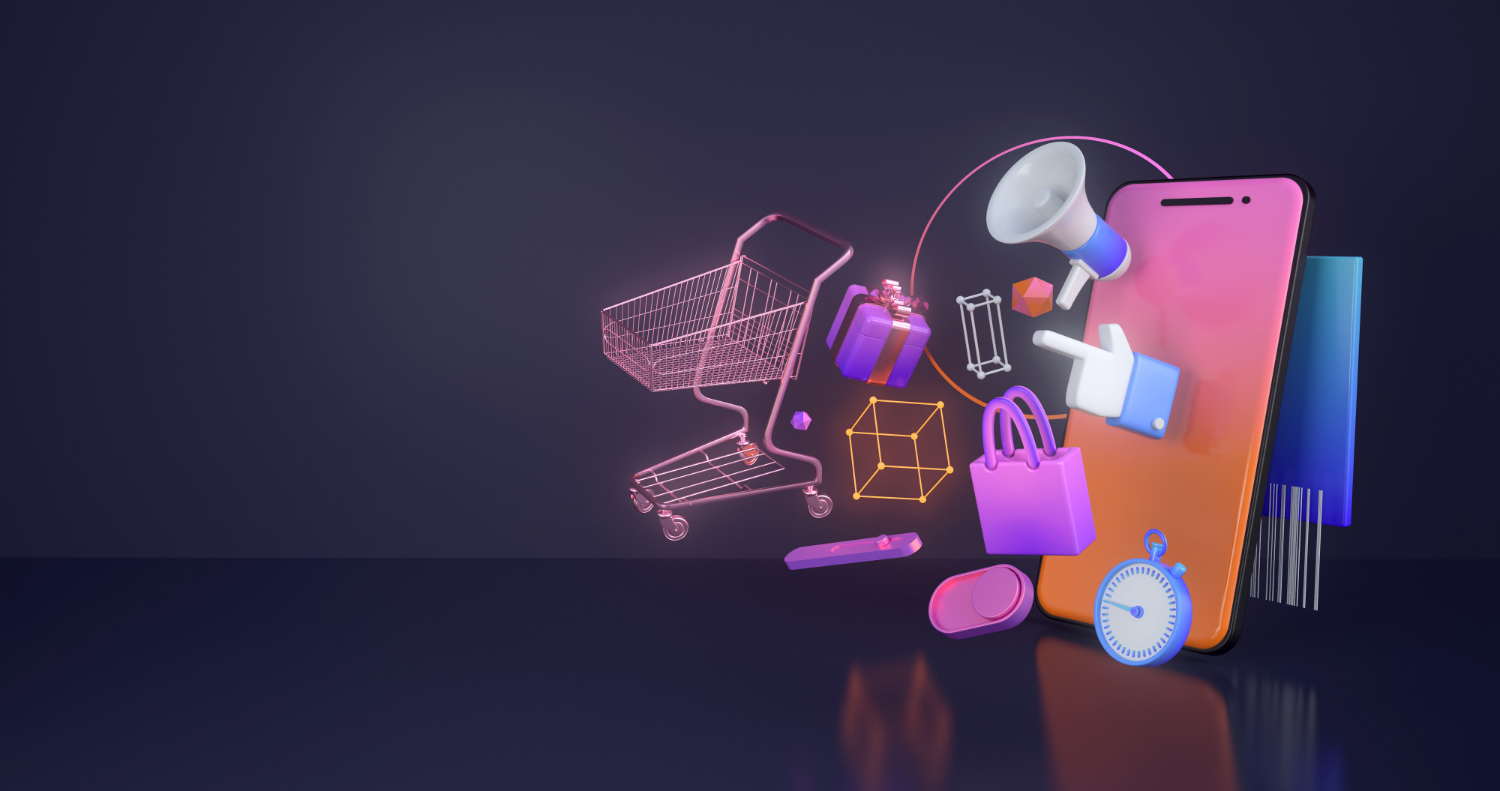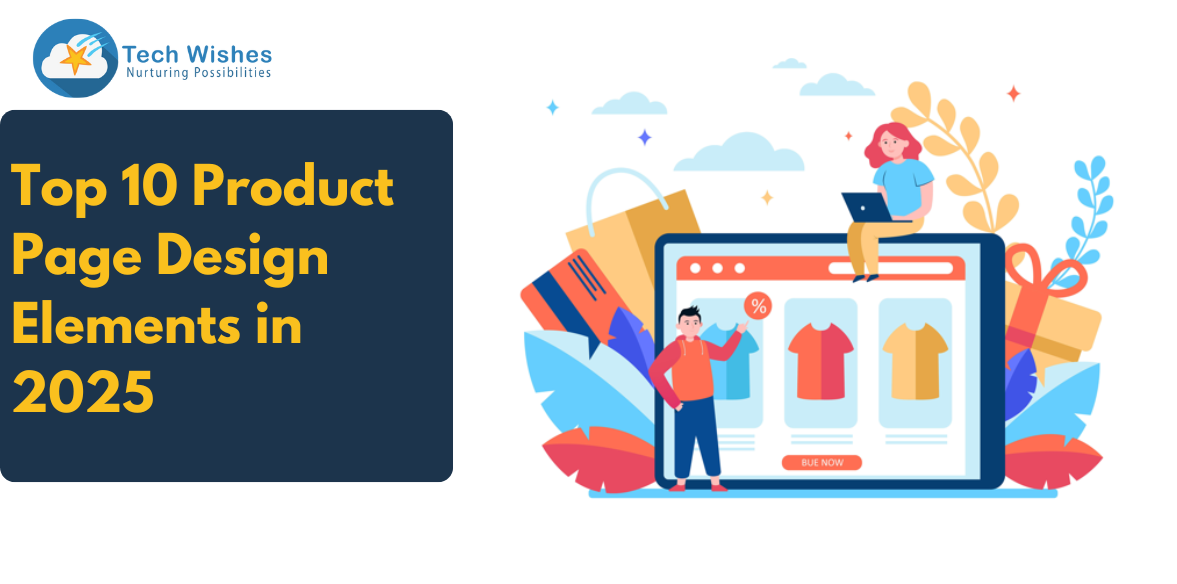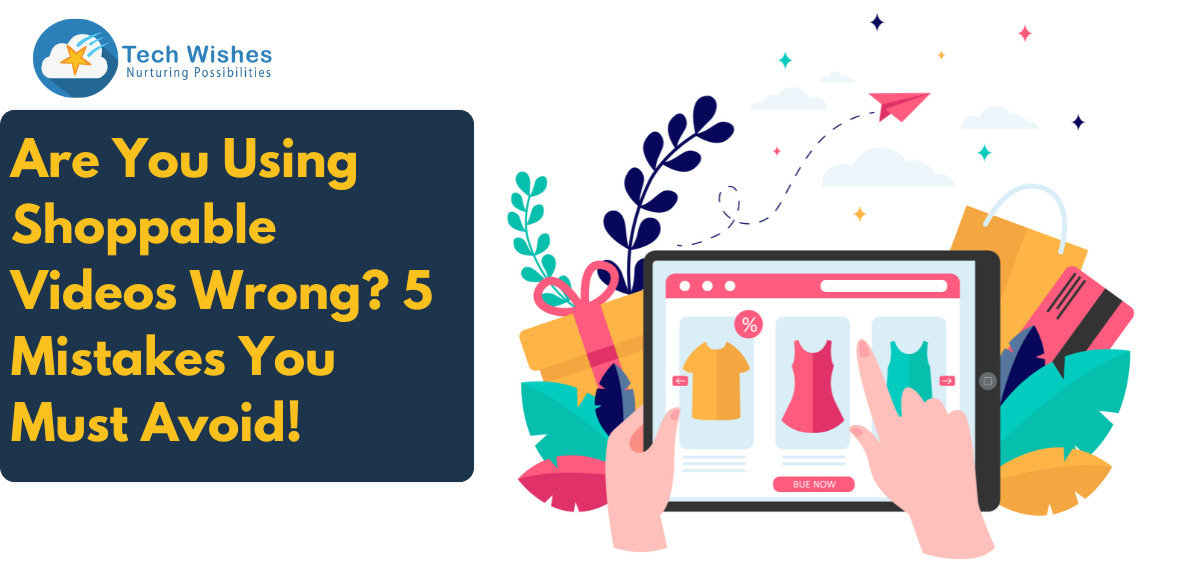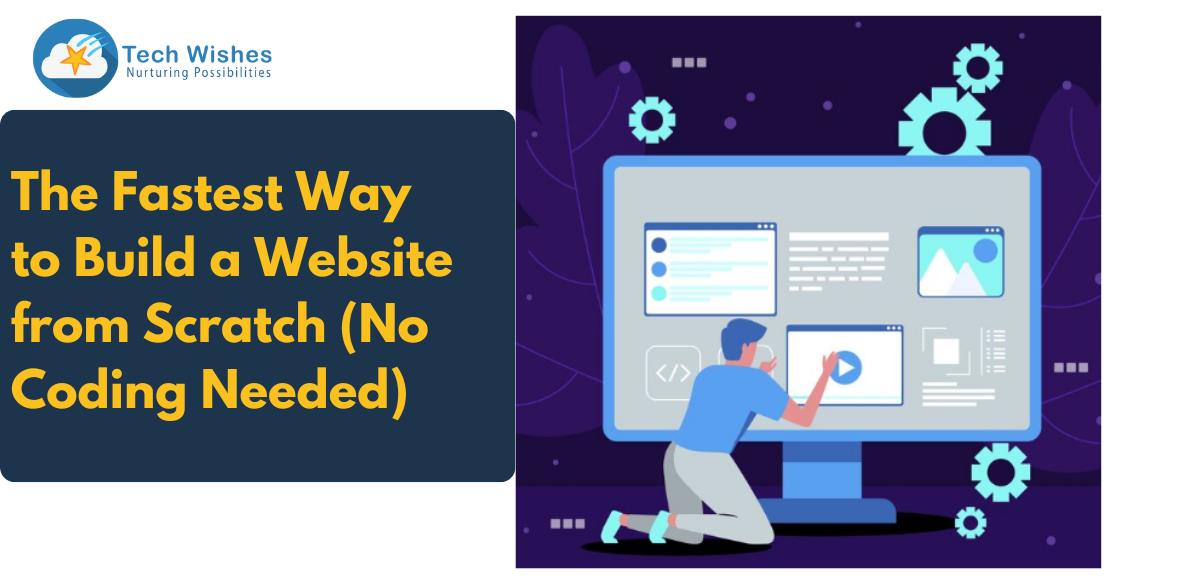What attributes make an online store successful? Is it the number of sales or the amount of money made?
Conversion rate, or CR, is one of the most crucial success metrics as believed by Shopify Partners across the globe.
Every Shopify store has always sought to increase the number of website visitors who become paying customers with the help of a Shopify development company. But what precisely is Shopify’s conversion rate, how is it determined, and how can it be enhanced? There is no quick, one-line solution to this, but is an actual foundation of an eCommerce store.
We will go through both the fundamentals and in-depth information related to Shopify conversion rate and conversion rate optimization.
What is Conversion Rate Optimisation?
Conversion rate optimization, in general, refers to minuscule but important site changes intended to encourage users to take a step that the business refers to as a “conversion.” These activities include completing a purchase, registering for a service, or signing up for a newsletter. Although selling goods or services isn’t usually the end aim, Conversion Rate can help you determine whether you’re on the right track.
Naturally, the act of raising that proportion is known as conversion rate optimization or CRO. This approach often makes use of psychological techniques, which are reflected in the layout of your store, enhanced user experience (UX), and advertising campaigns. Be ready for a lot of trying and experimentation.
How are Shopify conversion rates impacted?
The conversion rate varies greatly as a result of numerous internal and external factors. Conversion rate optimization for Shopify is now even more difficult. The following is a detailed list of some of the most prevalent elements influencing Shopify conversion rate:
- Website Performance: Visitors’ decision-making is greatly influenced by the UX performance of websites. A slow site will increase the unattractiveness and unreliability of your Shopify store, which will increase the bounce rate. Therefore, if you want to see quick conversions, speed up your website! Hire a Shopify development company for this purpose.
- Search engine optimization, or SEO, is crucial for drawing attention to your Shopify store and its offerings. How can you expect to make sales if no one is aware of your company?
- Designing UI/UX: Design flaws are a big problem for Shopify stores. Because consumers demand convenience, you should expect a very high bounce rate if your store design isn’t up to the task
[Read Also: Shopify SEO: 5 Best Practices]

Steps to Improving Shopify Conversion Rate
Make your website mobile-friendly.
Do you know that 80% of shoppers have used their mobile phones inside a physical store to check reviews or compare prices?
6 out of 10 consumers claim that being able to shop on a mobile device is crucial when choosing a company.
Creating an online store for the desktop and hoping it functions well on mobile devices is no longer sufficient. The ability for customers to finish the purchasing process on their mobile devices is desired.
Customers will find the purchasing process much more pleasant with a responsive eCommerce site that is optimized for smartphones, considerably improving the likelihood of a conversion.
Easy-to-use navigation
As was already stated, UX is a key determining element. To make it simpler for customers to navigate your store, you’ll need a reasonable classification system. A convoluted navigation system will only discourage visitors from immediately browsing your website.
Boost site efficiency and speed
When it comes to the internet, people have no tolerance. We used to eagerly wait for our dial-up internet connection for several minutes while listening to obscene noises. Now, if a website doesn’t load immediately, it can result in lost sales. We call it Bounce Rate.
These Shopify statistics demonstrate the importance of speed and performance. How can you become better in these areas? Visit this post for information on accelerating your online store. Upgrading to Shopify Plus and employing a headless architecture are the two best options, as suggested by any Shopify development company.
[Read More: Upgrading your store to Shopify 2.0]
Multichannel marketing
Presently, consumers can purchase goods and services through a variety of sales touchpoints. Omnichannel marketing is the combination of all of these channels into a single strategy.
Email, cart abandonment that results in promotional codes, and social media, notably, are some of these options. As the use of social media has increased dramatically, so has social media purchasing. In the past, businesses would use social media marketing to pique the interest of potential customers in the hopes that they would be more inclined to purchase in the future. It’s a game-changer that purchases may now be made on social networking networks.
Testing A/B
Without putting something to the test, you can never be sure whether it will perform marvels or whether it will be a waste of time and money. However, you can’t just launch your new website and hope that people will flock to it; it might be an epic failure that turns off many customers for good
As a result, you should A/B test as many components of your Shopify stores with the help of Shopify Partners, as you can.
The Headless Approach to improve Conversion Rate Optimization
Conversion rates are optimized by the headless architecture by fusing all of the aforementioned ideas. This approach is unmatched in how much it boosts online sales.
How does headless affect a Shopify store’s Conversion Rate? The Shopify Plus’s headless e-commerce is like moving into a brand-new home. Making the change immediately optimizes your conversion rate and raises your revenue potential. How?
Excellent performance and speed can be found with Shopify Plus-backed headless e-commerce. Benchmarking reveals that this is among the most efficient yet potent platforms. Bloated features and unused apps can be removed by customizing both the front end and integrations.
A sizable audience of consumers who have stopped using PCs is attracted by headless eCommerce, which operates just as well on mobile devices. Your conversion rate will be optimized because it is obvious and easy to complete necessary tasks with more user-friendly experiences.
If your business is already using Shopify, migrating to Shopify plus and a headless build can be the next step. The main driver for the change may be conversion rate optimization, but you will undoubtedly reap numerous other advantages. Get in touch with a Shopify development company to complete the migration smoothly and experience the new approach to eCommerce.



